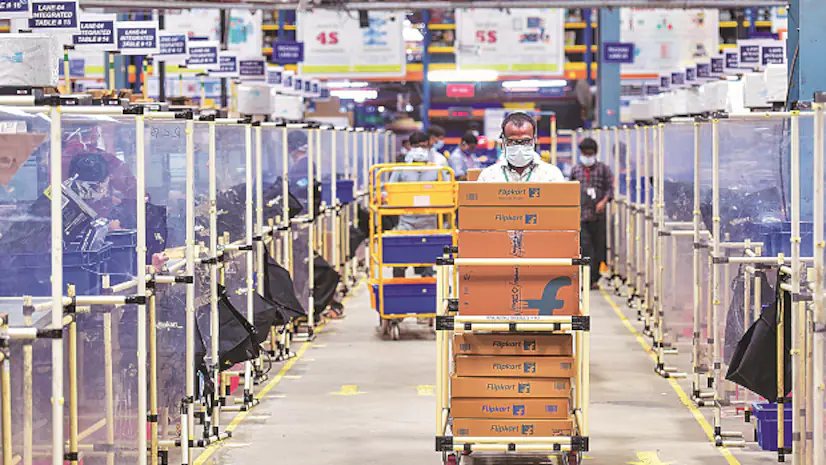San Francisco/Islamabad: Apple has reported a stronger-than-expected first-quarter profit, but the company is grappling with mounting pressure from U.S. tariffs and ongoing global trade tensions.
In an earnings call, CEO Tim Cook revealed that Apple anticipates an additional $900 million in costs for the current quarter due to tariffs, despite their limited impact earlier in the year.
He acknowledged that while most Apple products sold outside the U.S. will continue to be manufactured in China, a significant supply chain shift is underway.
Apple now expects that a majority of iPhones sold within the U.S. will be manufactured in India, signaling a strategic move to mitigate exposure to future tariff risks.
Additionally, the company is increasingly relying on Vietnam for the production of other key product lines, including iPads, Macs, Apple Watches, and AirPods destined for the U.S. market.
Cook emphasized that completed smartphones remain exempt from the harshest tariffs imposed by the Trump administration; however, many individual components are not, complicating the production and cost structure.
Independent tech analyst Rob Enderle highlighted that the more components cross borders, the higher the associated costs, calling the situation “an expensive mess.”
Canalys research manager Le Xuan Chiew noted that Apple had proactively stockpiled inventory in anticipation of tariff implementation and suggested that the company’s strategic pivot to India is aimed at shielding U.S.-bound supply chains from further volatility.
iPhone production in India ramped up toward the end of the quarter, although China remains the primary manufacturing base for Apple products sold outside the United States.
Cook explained that Apple has long recognized the risks of having its supply chain concentrated in a single country and has gradually diversified production across multiple regions.
This approach, he said, is likely to continue in the future. Meanwhile, Apple’s quarterly revenue reached $95.4 billion, buoyed by strong iPhone sales, contributing to a profit of $24.8 billion.
Growth was particularly strong in the Americas and Japan, which analysts believe may be partially due to front-loading of orders ahead of potential tariff impacts.
Read More: Apple to Launch Redesigned iPhone SE 4 This Month
However, revenue in China declined by three percent, falling short of expectations despite government subsidies aimed at stimulating demand.
Apple shares fell by more than three percent in after-hours trading, reflecting investor concern over the implications of the company’s shifting manufacturing strategy.
Emarketer analyst Jacob Bourne underscored the significance of Cook’s strategic maneuvers in the face of unprecedented trade uncertainty.
Also Read: Apple iPhone 16e: Price in Pakistan, Specs & Features
While the move to India may insulate Apple from future disruptions, it also presents challenges related to scaling up production, potential increases in cost, and risks to profit margins—costs that may ultimately be passed on to consumers or absorbed by the company, depending on how effectively the transition is managed.
